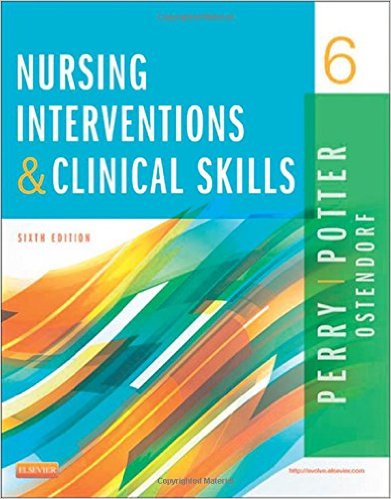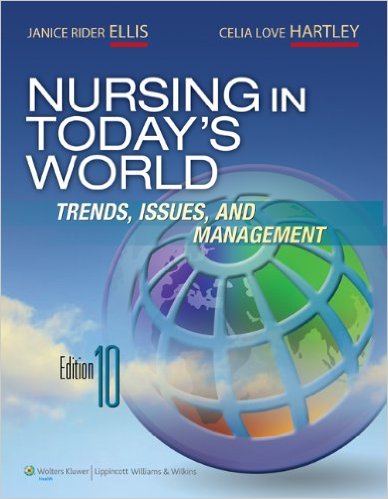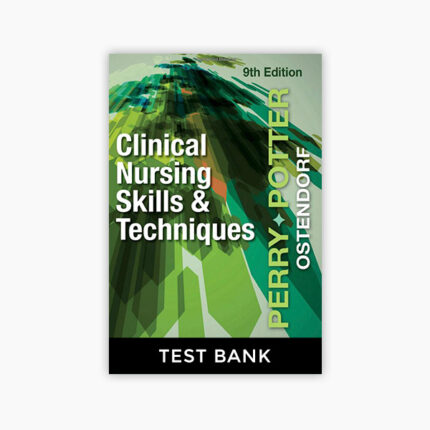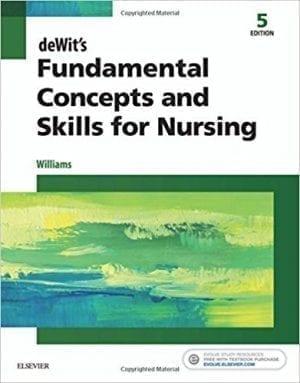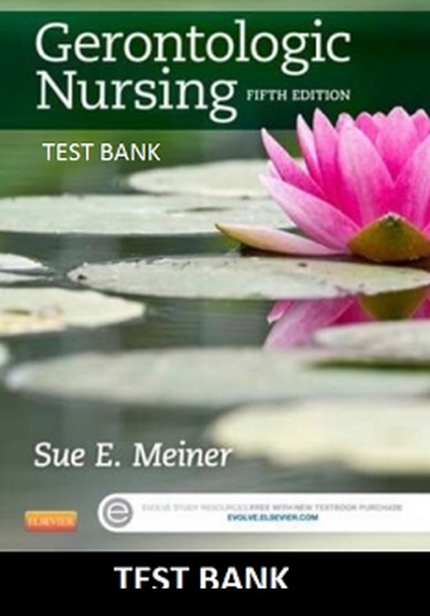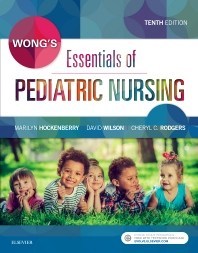Nursing Interventions & Clinical Skills 6th Edition by Anne Griffin Perry -Test Bank
Do you need test banks fast? eTestBank.net is the best test bank website for you! Download your test bank right after you pay. No waiting!
Why eTestBank.net is Great:
✅ Instant Download:
Get your test bank right away after payment.
✅ Unlimited Downloads:
Download your test bank anytime and as many times as you want.
✅ 24/7 Live Help:
We are here to help you all day, every day.
✅ Guaranteed Delivery:
If you don’t get the download right away, we will send it to you in 3 to 6 hours.
How to Get Your Test Bank:
- Pick Your Test Bank: Choose from many test banks.
- Pay Safely: Pay securely on eTestBank.net.
- Download Instantly: Get your test bank immediately after payment.
- Download Anytime: Unlimited downloads whenever you need them.
Need Help? Contact Us:
📧 Email: [Support@etestbank.net]
📱 WhatsApp: [https://wa.me/message/MC222DLQ4GDXL1r]
Didn’t Get Your Download?
Don’t worry! If you don’t get the file right away, we’ll send it to you in 3 to 6 hours. Need it sooner? Contact us by email or WhatsApp.
💡 Buy now from eTestBank.net for instant downloads, unlimited access, and 24/7 support—get your test bank today!
Chapter 03: Documentation and Informatics
Perry et al.: Nursing Interventions & Clinical Skills, 6th Edition
MULTIPLE CHOICE
1. The nurse discovers a medication error on another nurse’s documentation, so the nurse completes an incident report. Which statement should the nurse include in the report?
|
a. |
“Nurse mistakenly gave the wrong dose of medication for pain.” |
|
b. |
“Nurse gave an incorrect dose of pain medication, but the patient is all right.” |
|
c. |
“Morphine 10 mg IM given rather than morphine 5 mg IM as ordered.” |
|
d. |
“Physician will be notified of an error when he makes rounds tomorrow.” |
ANS: C
Stating that the patient received morphine 10 mg instead of 5 mg is a factual statement to include on an incident report because it is objective and provides no interpretation or conjecture from the nurse. The remaining choices are incorrect statements that do not accurately reflect what occurred. The physician needs to be notified as soon as the patient has been assessed, not the following day.
DIF: Cognitive Level: ApplyREF: Page 42
OBJ: NCLEX: Safe and Effective Care TOP: Nursing Process: Implementation
2. The nurse is documenting the care of a patient. Which entry would be characteristic of charting by exception (CBE) as a documentation method?
|
a. |
The patient needed to be turned every hour because of increasing pain. |
|
b. |
The patient’s vital signs are stable. |
|
c. |
The patient’s gait was steady with assistance from physical therapy. |
|
d. |
There was no odor when the dressing was removed. |
ANS: A
CBE allows the nurse to specify exceptions to normal nursing assessments efficiently without documenting the normal assessment data and reducing the amount of narrative writing inpatient documentation. The emphasis is on recording abnormal findings and trends in clinical care. It is a shorthand method for documenting based on defined standards for normal nursing assessments and interventions. CBE simply involves completing a flow sheet that incorporates these standards, thus minimizing the need for lengthy narrative notes. Increasing pain would not be expected and would be outside the “normal” or “expected.”
DIF: Cognitive Level: UnderstandREF: Page 39 | Page 41
OBJ: NCLEX: Safe and Effective Care TOP: Nursing Process: Assessment
3. The nurse is documenting a patient with a respiratory problem. Which patient datum documented by the nurse is the least objective?
|
a. |
Cool and dusky skin |
|
b. |
Low flow rate oxygen |
|
c. |
30 breaths per minute |
|
d. |
Very restless and drowsy |
ANS: B
Low flow rate oxygen is the least objective datum and the datum most subject to interpretation because the quantity of oxygen is not as precise as “liters/minute” or the “percentage” of oxygen. The remaining options provide more verifiable data.
DIF: Cognitive Level: UnderstandREF: Page 40
OBJ: NCLEX: Safe and Effective Care TOP: Nursing Process: Assessment
4. The nurse runs into a co-worker whose family friend is a patient on the unit. The co-worker asks about the friend’s health problems. Which is the correct response by the nurse?
|
a. |
“Your friend told us to say nothing.” |
|
b. |
“Why don’t you ask your friend now?” |
|
c. |
“You know I can’t talk about the patients.” |
|
d. |
“Well, it was really a very difficult surgery.” |
ANS: C
The nurse can’t talk about the co-worker’s friend or acknowledge the friend’s presence in the facility without breaching the friend’s right to privacy, so the nurse reminds the co-worker about confidentiality.
DIF: Cognitive Level: ApplyREF: Page 36
OBJ: NCLEX: Safe and Effective Care TOP: Nursing Process: Planning
5. The nurse is providing home care for a patient with an infection that is not improving. The patient refuses to see an infectious disease specialist. What should the nurse include in the documentation of the patient teaching provided?
|
a. |
The discussion about the consequences of refusing to see a specialist and the patient’s response |
|
b. |
The explanation that avoiding the specialist will most likely lead to a terrible outcome |
|
c. |
A hopeful explanation that this will most likely be the last medical specialist that the patient will need to see |
|
d. |
The recommendation is that the patient should discuss the decision with the family |
ANS: A
The nurse documents the discussion about the consequences of refusing to see a specialist and the patient’s response. Documenting the factual information presented about the risks of refusing treatment and the patient’s specific response to it (continued refusal to seek a specialist) are key pieces of information to include. The nurse should neither try to scare the patient into seeing the specialist nor provide false hope that only one consultation will be required. As long as the patient is competent to make a decision, the nurse must accept his or her choice. It is a requirement to document the facts surrounding that choice.
DIF: Cognitive Level: ApplyREF: Page 37
OBJ: NCLEX: Safe and Effective Care TOP: Nursing Process: Assessment
6. The nurse documents patient care using the SOAP format. Which should the nurse record under the “P” section?
|
a. |
AM fasting serum glucose level at 122 mg/dL |
|
b. |
The patient states, “I am too tired to walk today.” |
|
c. |
2 cm–diameter open area on the left lateral heel |
|
d. |
Check the response to pain medication in 1 hour. |
ANS: D
“P” in the SOAP format stands for “plan.” Checking the response to pain medication is recorded at “P” because the plan is a future strategy for nursing care and the nurse chooses nursing interventions to accomplish the plan. Patient statements are subjective data recorded at “S.” The serum glucose and the wound description are objective data, or facts, recorded at “O.”
DIF: Cognitive Level: ComprehensionREF: Page 40
OBJ: NCLEX: Safe and Effective Care TOP: Nursing Process: Planning

